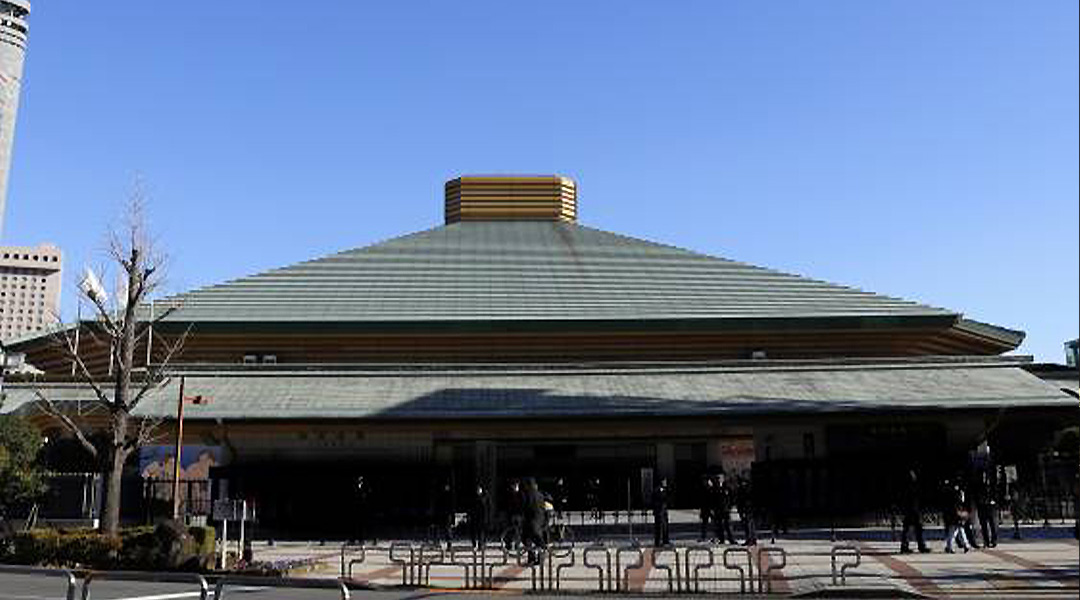
The Historic Japanese Arena that is Now part of Philippine History
With Hidilyn Diaz’s gold medal win showing everyone that nothing was impossible and it fueling the hearts and minds of our Filipino Olympians, there was this unspoken feeling that more triumphs were coming our way. This hunch became a reality a couple of days back when Nesthy Petecio once again brought glory and pride to our nation by bagging the silver medal at the Kokugikan Arena in the women’s featherweight division for the sport of boxing. Just like how we will never forget the success that we experienced as a nation in the Tokyo 2020 Olympics this year, the when and where these historic moments that happened will also be the details that our elders will be passing unto the next generations as they depict and share all the wonderful emotions they went through while witnessing history being written.

Interestingly enough, the arena where Nesthy’s silver medal win occurred was also filled with history. Among the 13 arenas used for all the events, the Kokugikan Arena stood out being the oldest of the buildings being used for the Olympics. It was designed by the Kajima Corporation and opened in 1985 with the events being held there as mainly sumo wrestling competitions. The arena might also ring a bell for all the anime followers out there as it was showcased in several anime series like Hajime No Ippo and Hinomaru Zumo, to name a few. With all the Japanese history and pop culture tied to this arena, it definitely makes it a bit more special to know that a piece of Philippine history is now tied to this iconic and historic building as well.

It takes a certain taste in buildings to really appreciate what this arena offers. An eye of a modern designer might notice a lot of things to improve the flow and spaces inside the building but those with a liking for history can appreciate these things because it ties to how things were done before all the technology changed so much. It is a building that is heavily used so it hardly feels like an artifact or a museum but if you look close enough to all the details, it can tell a story on how Japan used to be and how they conducted themselves during the golden age of this building.

This arena now holds pieces of what we Filipinos love and that’s boxing, success, and history. I’m sure it wasn’t on anyone’s “must-sees” when visiting Japan but with the victory of Ms. Nesthy Petecio, it has instantly become a place that should be seen and visited. Japan has a knack for making the old and new flow together in such a way that nothing feels out of place despite the age between the buildings.

The Kokugikan Arena is certainly a living testament to that. With Nesthy’s win, the Filipino and Japanese connection is made stronger as the impressive arena in Tokyo was witness to the historic win of “First Filipina to bring home a medal for Olympic Boxing” as we witnessed the first female Japanese Olympic boxer that did the same for her country on the very same day and in the very same match.


